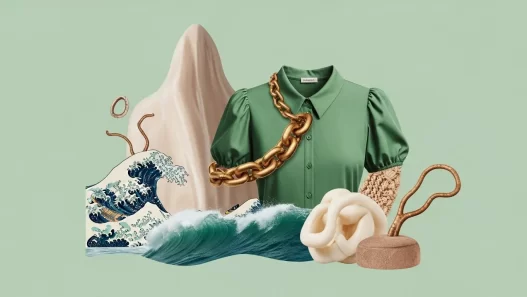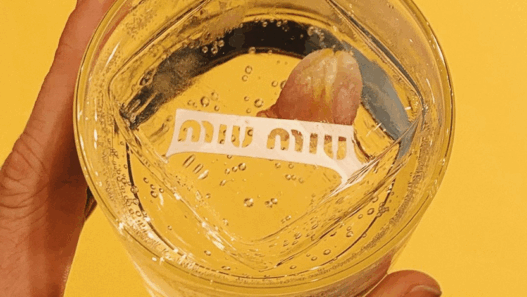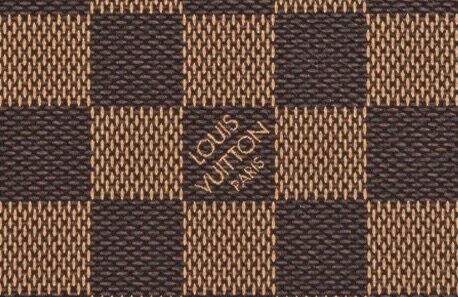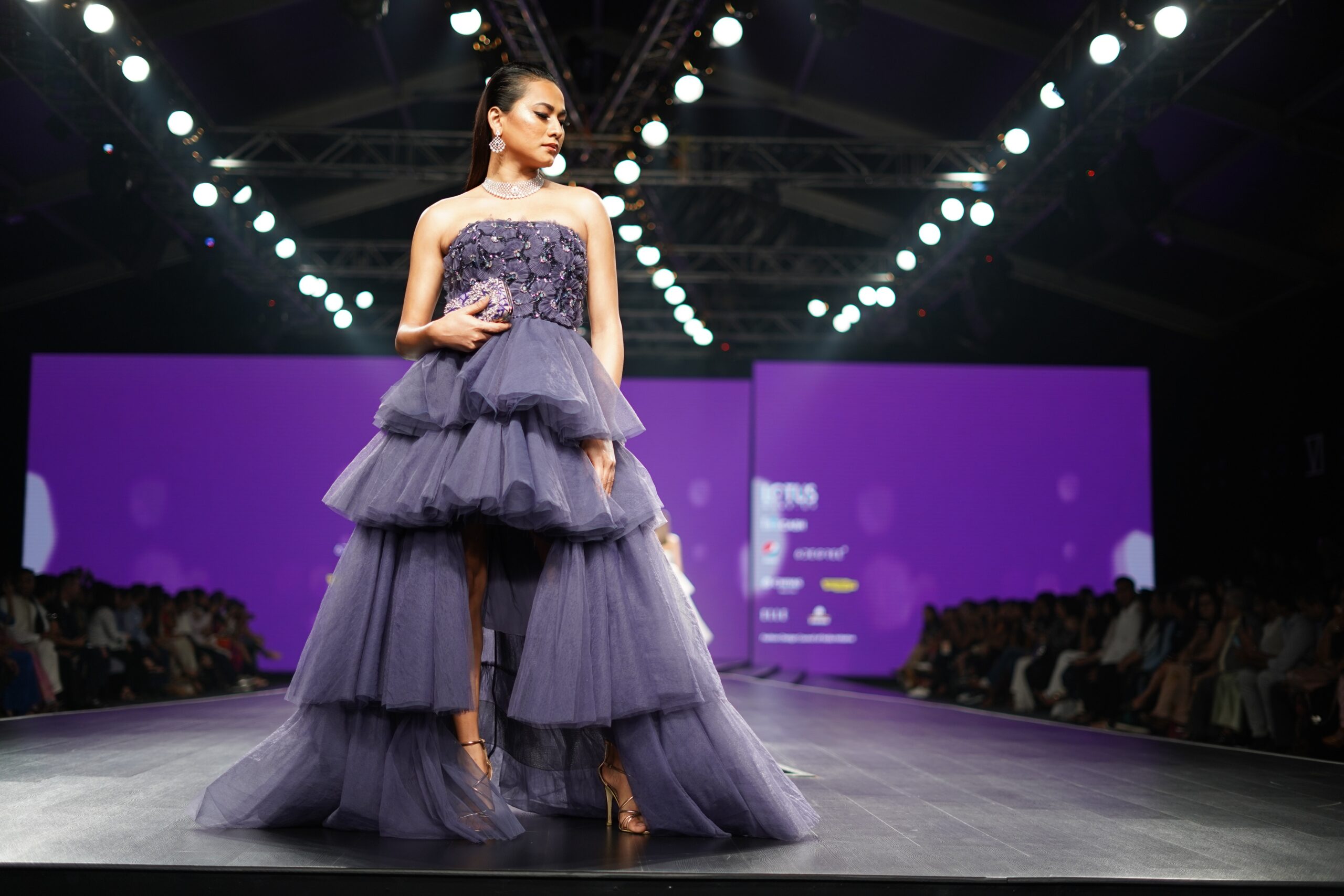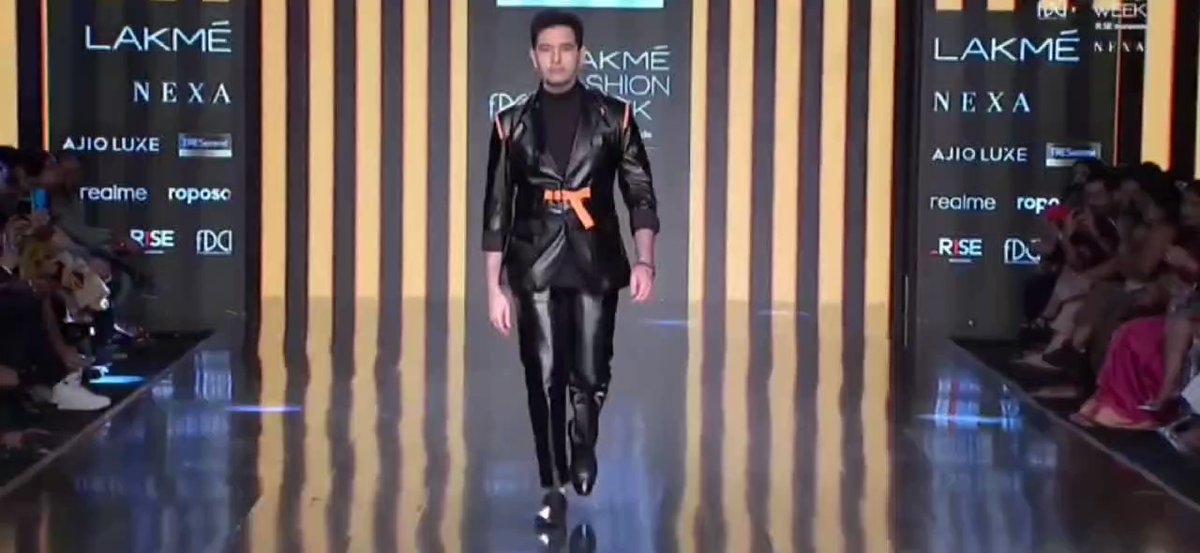In their actual work “Barbie Girl” from 1997, the melodic gathering Aqua sang about a daily existence in plastic: “It’s awesome.” Pioneers of mid-’90s bubble-gum pop, their animation transformation corresponded with the pervasiveness of the web. With verses like “creative mind, life is your creation,” Aqua’s enlarged truth was effectively a forerunner to web-based media and its energized computerized realities. In 1998, Dolce and Gabbana dressed them for the World Music Awards, wedding the shocking band with the brand’s generally desired youth. Almost 25 years after the fact—in an extremist and animating alter course—the creators are currently committing their assortments to the e-young lady/e-kid clans of TikTok and its preferences.
Dressed for the screen, with every one of the counterfeit tones, counterfeit surfaces, and carefully improved highlights you could envision, it’s a digital subculture that lives in the computer-generated simulation Aqua once longed for. Those children positively appear as though the band, thus did Dolce and Gabbana’s assortment. Something has ended up at ground zero. Misrepresented outlines produced in colorful, innovative materials emulated the anatomical enhancement of online media activities to an anime-like degree. Communicated in bionic shapes, a few silhouettes evoked the protected bustier of the spring 2007 assortment, itself a superhuman interpretation of the architects’ corseted, dark boudoir closet of the ’90s.
Spotted with chronicled recollections from that time, the show accepted present-day children’s communicated sentimentality for a fashion period they never experienced, “’90s Supermodel” T-shirts close by. For quite a long time, Gabbana said on a call from Milan, youngsters asked the originators to return to their mark ’90s hotness. This season, they at last surrendered. Said Gabbana: “Yet the beginning stage is extraordinary. Today ‘hot’ is a similar word yet with another worth. During the ’90s, you’d dress provocatively for others. Presently, the young ages dress provocatively for themselves, since they love it. It’s sort of another indulgence.”
In these advanced pandemic occasions, the reality is determinedly addressed in parched repression selfies via online media, shot on camera clocks and Facetune-d, and separated past the human body’s limits. Regardless of whether those conscience practices are exclusively accomplished for the unique look is doubtful. However, Dolce and Gabbana’s new bearing isn’t pandering aimlessly to the advanced ages for all its childhood centricity. “The main thing about innovation is people. People make innovation. It’s handcrafted,” Gabbana said. His recently Smurf-blue hair—”I had it 25 years prior!”— coordinated with that of Aqua’s mid-’90s Eurodance peers Eiffel 65.
The video for their evergreen “I’m Blue (Da Ba De)”— about a blue man who lives taking all things together blue world—included an energized character that looked a ton like a robot that showed up Dolce and Gabbana’s runway today. It was a joint effort with the Istituto Italiano di Tecnologia, which chips away at improving everything from the clinical area to settling the ecological emergency through innovation, something Gabbana said is an indispensable post-pandemic world. The robot is also included in a promotion film where the planners instructed it to portray dresses. A plain-covered-up requires the computerized ages not to fail to remember the human hand’s estimations.
Indeed, the architects had utilized innovative advancement to grow natural, material textures that brought the appearance of computer-generated reality into the material world, transforming fleeces with plastics and veggie lover things. Like a month ago’s men’s show, which dispatched this new heading, a portion of Dolce and Gabbana’s examination’s more immediate consequences were their innovative—or maybe cutting edge—transformations of the legacy symbols of fashion. One bouclé coat had been digitized through flickering interwoven that resembled pixels; polite neckbands enveloped another like they were strings.
All through the assortment, pieces of clothing and gems and embellishments had been supersized for a computerized mindset where everything needs to hop through the screen. Models wore clear visor glasses: the world is always seen through a channel. Enlarged reality affecting our shopping mindset involves development. Yet, you frequently got the inclination this assortment was to a greater extent a remark on our computerized lives—an amplifying social glass—than an exacting proposition. As Gabbana said, “We’ve attempted to do test things. Possibly it’s not OK promptly until further notice; perhaps it’ll be OK in a few years. Be that as it may, it’s our appearance today.”
Author: Mannat Sardana
 An ambitious, focused and responsible undergraduate law student, pursuing BBA LLB (Hons.) degree from Vivekananda Institute of Professional Studies, GGSIPU, Delhi. She is currently exploring the ever-startling field of law and has developed a strong inclination and interest in subjects of Intellectual Property law, Merger & Acquisition, and Alternative Dispute Resolution. Skilled in Legal Research and Content Writing, Legal Drafting, Office Suite, Adobe InDesign, Public Speaking, Management and Event Planning.
An ambitious, focused and responsible undergraduate law student, pursuing BBA LLB (Hons.) degree from Vivekananda Institute of Professional Studies, GGSIPU, Delhi. She is currently exploring the ever-startling field of law and has developed a strong inclination and interest in subjects of Intellectual Property law, Merger & Acquisition, and Alternative Dispute Resolution. Skilled in Legal Research and Content Writing, Legal Drafting, Office Suite, Adobe InDesign, Public Speaking, Management and Event Planning.



